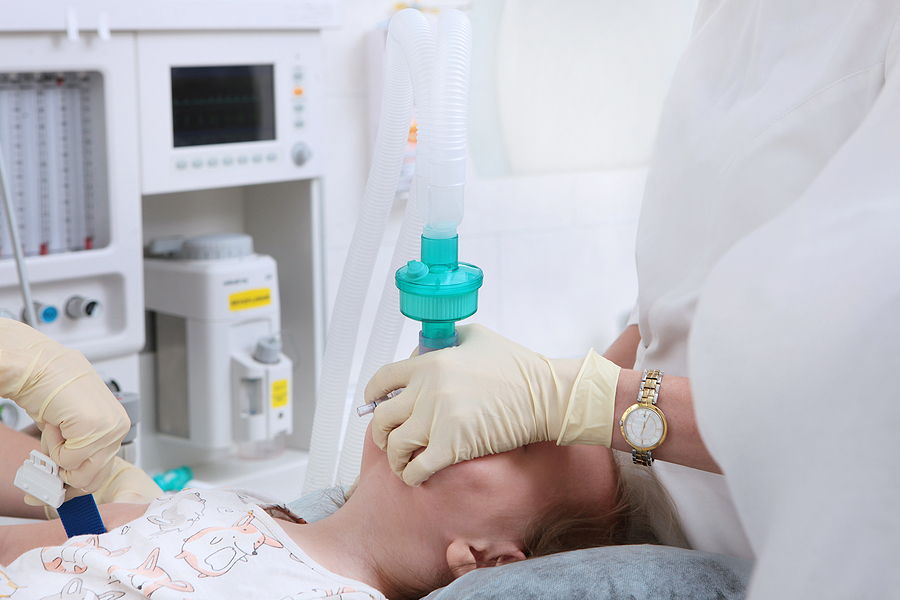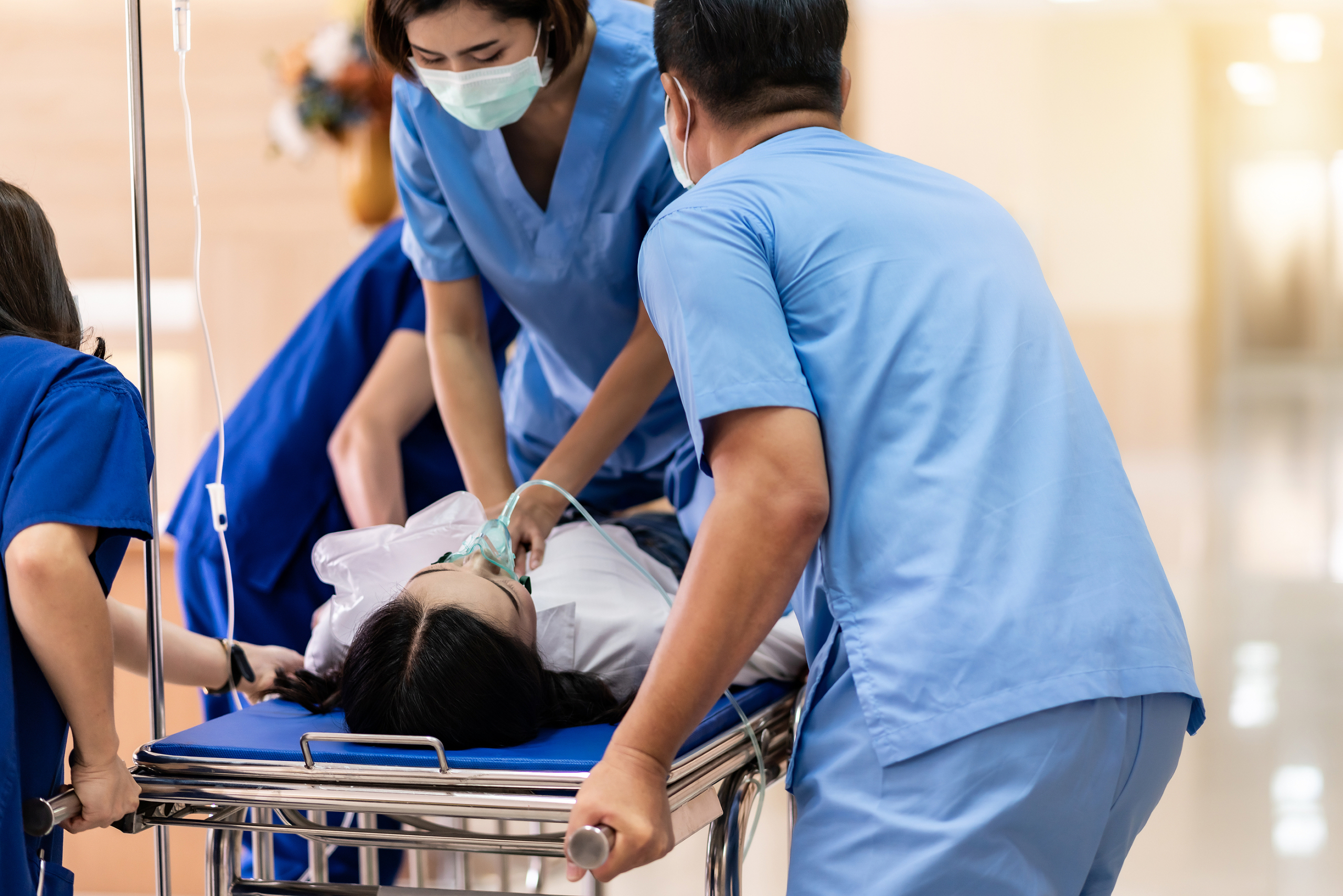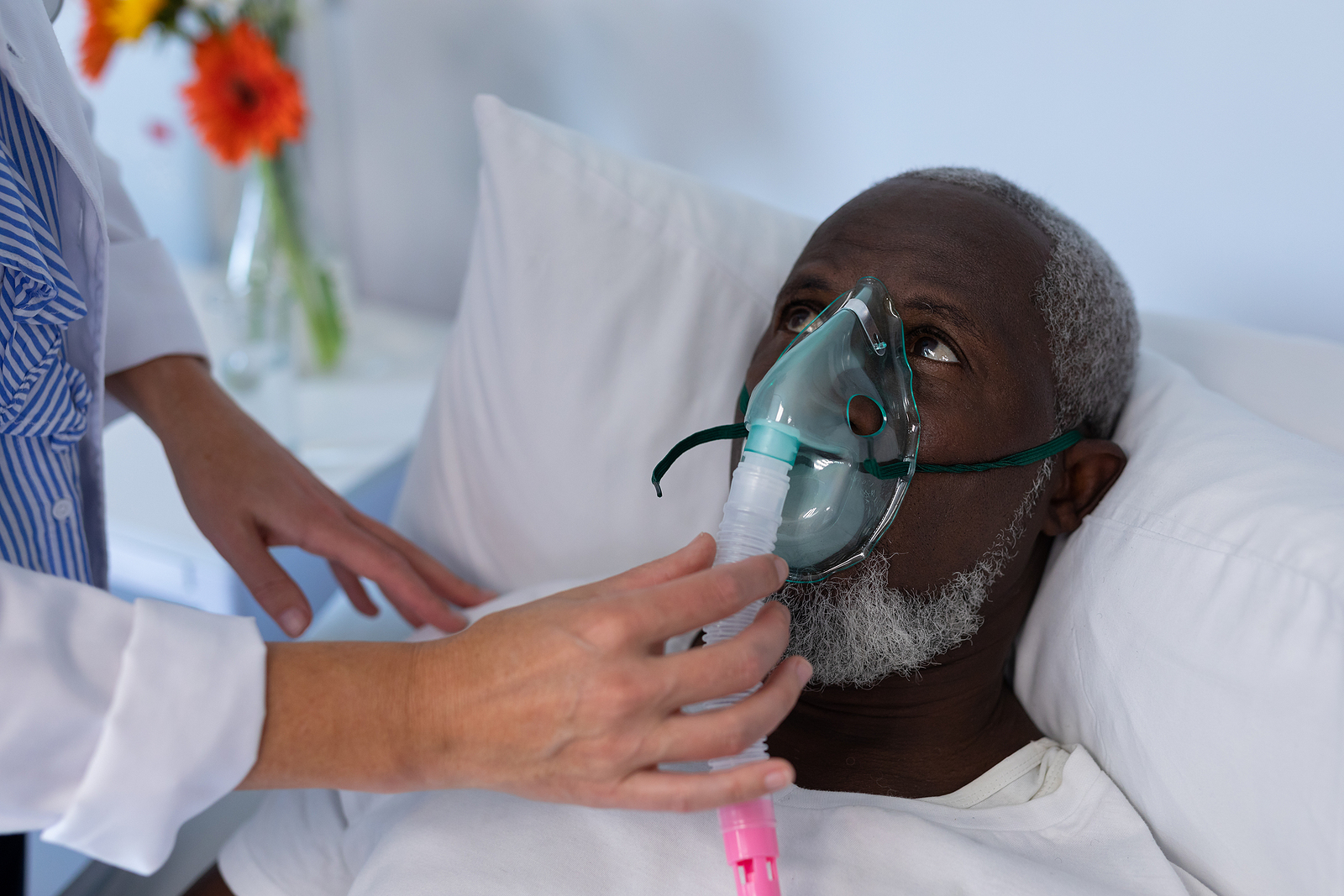Newsletter 2021
Newsletter September 2021: Case report - Lingual nerve neuropraxia following Fastrach laryngeal mask airway insertion in general anaesthesia.
Dr Cheah Kean Seng
Department of Anaesthesia & Intensive Care.
Tallaght University Hospital, Dublin, Ireland.
Email: dkscheah@gmail.com
Abstract
The use of laryngeal mask airway (LMA) devices became common practice in anaesthesia since their first use in 1987. Newer generations of LMA from various manufacturers improvised the features for safety, ease of insertion and various advantages over first-generation LMA. However, using LMA in anaesthesia is not without risk of complications and here we present this case report from our patient who sustained a transient lingual nerve injury following the use of LMA in surgery. We reflect our case retrospectively based on the literature on the incidence, risk factors of this complication to try and identify any shortcomings.
Case description
We present a 16-year-old 40kg young girl who was admitted to our hospital for closed fracture midshaft radius/ulna after a fall from a bike. She also sustained bilateral frontal bone, frontal sinus and ethmoid bone fractures from computed tomography (CT) of the brain and facial bone. No intracranial injury or cervical injury was found from scans. She underwent emergency surgery for plating of the left radius and ulnar. The surgery was done under general anaesthesia and the patient was intubated with LMA Fastrach size 3.0. The insertion was simple with a single attempt, evidence of good chest rise and good tidal volume (6ml/kg) from the ventilator. Two percent of Sevoflurane was used during maintenance anaesthesia with a 50% fraction of oxygen: air. The surgery lasted 2 hours without any major issues.
After removal of LMA, the patient complained of having anterior tongue numbness bilaterally, loss of taste and aphrasia. On examination, she was having dysarthria. No tongue deviation was seen and there were no signs of intra-oral trauma. On detailed neurological examination no abnormality was detected apart from the numbness of the anterior half of the tongue. We continue to keep her under our care after the surgery. CT imaging of the brain and facial bone did not show any new abnormality. Subsequently, her tongue numbness improved the next day. Based on the distribution of numbness we strongly believe it was due to lingual nerve neuropraxia following LMA. She continues to make a good recovery with minimal numbness and slight dysarthria upon discharge. Two weeks after discharge she made a complete recovery without any remnant numbness and her speech was back to normal.
Discussion
Although it is extremely rare, nerve injury following the use of LMA has been reported before in literature. The incidence of nerve injury following general anaesthesia is reported as 0.006% in which younger patients and patients with lower ASA status has been reported as higher risk group¹. Several nerve injuries have been reported following the use of LMA such as lingual nerve²⁻⁷, recurrent laryngeal nerve⁸ and hypoglossal nerve ⁹⁻¹⁰. To our knowledge, six reports of lingual nerve injury have been reported so far in the literature. The lingual nerve lies beneath the mucosa at the inner surface of the mandible and it carries sensation to the anterior two-thirds of the tongue. It is vulnerable to compression by an airway device during general anaesthesia. Based on the type of LMA, the most reported complication was seen with the use of LMA with silicon cuff (Classic ⁴⁻⁵’¹⁰ or Proseal⁶) and Supreme LMA⁷. We believe that this is the first case of lingual nerve injury after the use of Fastrach LMA. Several risk factors could contribute to a higher risk of nerve injury for example the use of nitrous oxide with LMA as reported in most of the literature, inappropriate LMA size, extreme head rotation, excessive neck extension, maxillofacial surgery, lateral positioning, multiple attempts or traumatic insertion.
We retrospectively review back our case for improvement in our future practice. Our patient is young with ASA 1. The use of size 3 LMA was deemed appropriate to the patient’s weight based on the recommendation from the manufacturer. The position during surgery was supine throughout with a neutral head position. In contrast to all the previously reported lingual nerve injuries in which nitrous oxide was being used, we did not use nitrous oxide in our case. Nitrous oxide has been known to cause a significant increase in cuff pressure of the LMA by gas diffusion into the cuff. We made an assumption on the optimal LMA placement based on adequate tidal volume generation (6ml/kg) and the absence of audible leak clinically. However, we did not check for the optimal position by measuring the leak pressure and ease of nasogastric (NG) tube insertion as recommended. Correct positioning of LMA can be confirmed by measuring leak pressure of approximately 25cm H2O and ease of nasogastric tube insertion. Furthermore, even with the presence of good chest rise, adequate tidal volume and absence of leakage, subtle displacement of LMA that could not be detected clinically is still a possibility. A second explanation could be due to accidental excessive cuff inflation. Another risk factor in our patient that caused her to be more vulnerable to nerve injury was the history of recent facial trauma. According to literature, the risk is significantly higher if the involvement of the maxillary or mandible region⁹ which the lingual nerve is in close proximity. Although our patient did not sustain those injuries, we postulate that soft tissue swelling could happen in any facial trauma that makes the nerve more vulnerable.
Although we cannot precisely pinpoint the cause of lingual nerve injury in our patient, we postulate that the following possibilities could be the cause including suboptimal placement of LMA which was not detected clinically, compression of the lingual nerve by excessive cuff pressure, compounded by recent facial trauma with delayed tissue swelling.
In summary, although nerve injury is an uncommon complication of LMA, It can be debilitating to the patient. Hence, measurement of leak pressure to confirm placement is essential and should be considered as a routine check. Adequate tidal volume or audible leak are not reliable enough for confirmation. We should be aware and always take into consideration the background history of patients such as recent facial trauma or oral injury that could complicate the use of LMA. If in any doubt, it is always safer to revert back to conventional endotracheal tube intubation for the patient’s safety.
References
- Su YK, Wang JH, Hsieh SY et al.. PLoS One. 2018.
- N. S. Ahmad and S. M. Yentis. Anaesthesia 1996;51;707
- Brimacombe J, Clarke G, Keller C. re. Br J Anaesth. 2005; 95:420
- Laxton CH, Kipling R.. Anaesthesia. 1996. 51; 869-
- Ostergaard M,et al.. Ugeskr Laeger. 1997;159:6835. Danish. PMID: 9411998.
- Majumder S and Hopkins PM.. Anaesthesia 1998; 53:184.
- Gaylard D.. Anaesthesia Intensive Care 1999. 27:688.
- S. Inomata et al.. Anesthesiology 1995;82: 787
- Trujillo L, Anghelescu D, Bikhazi G.. Paediatric Anaesthesia 2011; 21
- M. Sommer et al. Acta Anaesth Scandin 2004;48:377
Read our Monthly newsletter.
Read More of our special newsletter covering our virtual congress 2020.
Visit our COVID-19 Resource Hub for other news and resources.











